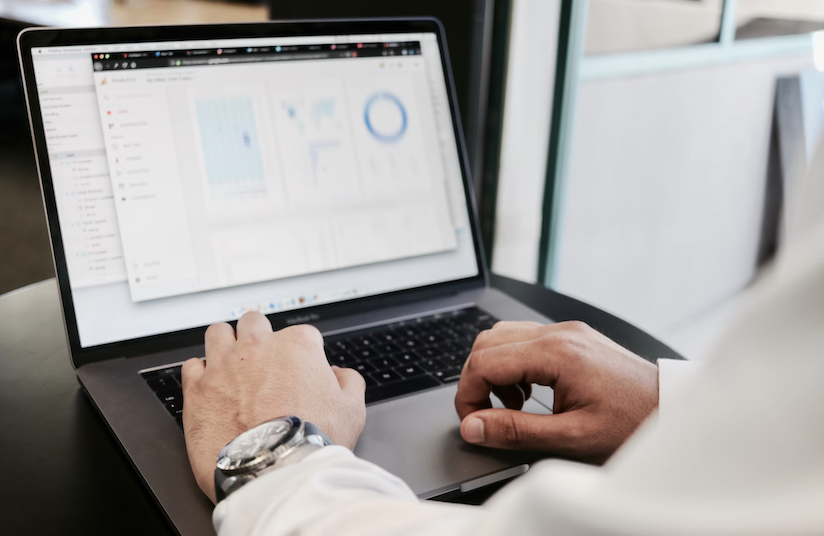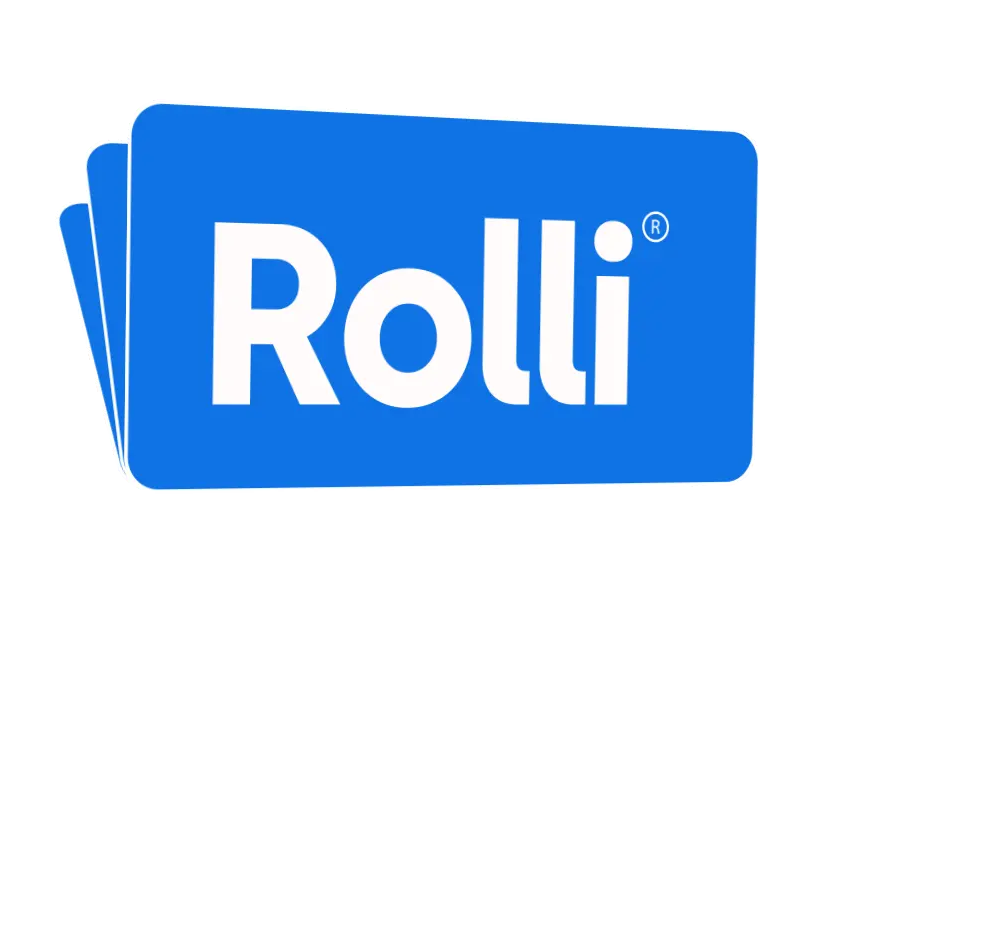Data Journalism: The Intersection of Storytelling and Data
Data journalism, an emerging and rapidly evolving discipline, sits at the crossroads where traditional storytelling meets the power of data. This dynamic field transforms raw statistics into compelling narratives that inform, engage, and empower audiences.
Unraveling the Complexity of Data Journalism
At its core, data journalism is the fusion of traditional journalism with modern data analysis. It’s about leveraging tools like data mining, visualization, and machine learning to distill vast amounts of information into impactful stories. The process involves sifting through mountains of data to identify the crucial points that shed light on pressing issues.
Data journalism is fundamentally about accuracy. As journalists, the responsibility to deliver truthful, unbiased information is paramount. In data journalism, credibility is enhanced by relying on quantifiable data from credible sources. The process begins with gathering and scrutinizing data—finding sources, downloading datasets, performing initial analyses, and cleaning the data. The next step is where the craft of journalism truly shines: creating narratives that make complex data understandable and relevant to the public.
Data journalism helps illuminate intricate subjects, uncovering issues that might otherwise remain hidden in a sea of numbers. It’s about telling the story behind the data in a way that resonates with and educates the audience.
Examples of Impactful Data Journalism
Data journalism played a critical role in covering the COVID-19 pandemic. Journalists worldwide analyzed and interpreted massive datasets daily, offering the public essential insights on case numbers, infection rates, and vaccination progress. Beyond health crises, data journalism has been instrumental in exposing socio-political issues like corruption, inequality, and climate change, using data to provide tangible evidence that drives awareness and action.
The Power of Data Visualization
A key element of data journalism is data visualization. Dense, complex data can be daunting for the general public, but data visualization—through infographics, charts, and interactive maps—makes this information accessible and engaging. By translating intricate analytics into visually appealing formats, data journalists can communicate their findings more effectively, making the impact of their stories more profound.
Data journalism has significantly reshaped the media landscape, ushering in a new era where stories are told more accurately, visually, and with greater impact.
Learning Data Journalism: Uncovering Hidden Stories
Data journalism revolutionizes traditional reporting by combining the analytical power of data with the narrative strength of journalism. This approach doesn’t replace the human instinct that guides journalism but rather enhances the ability to craft stories that can shape informed societies. By integrating numbers and words, data journalism opens up opportunities for a more accurate, accountable, and engaging way of delivering news. It is vital in highlighting societal issues, fostering transparency, and promoting a deeper understanding of our world.
Challenges in Data Journalism
As journalism evolves with the digital revolution, so too does the practice of data journalism, which faces its own unique set of challenges. Three major hurdles are data accessibility, data literacy among journalists, and the need to ensure data accuracy in an era of misinformation.
1. Data Accessibility:
Not all relevant data is readily available or presented in a user-friendly format. Data crucial for investigative journalism might be buried in dense, non-digitized sources, locked behind proprietary databases, or scattered across poorly designed government portals. Even when data is accessible, it is often in formats that require expert knowledge to interpret, which can hinder journalists from quickly deriving meaningful insights.
2. Data Literacy:
Many journalists lack the advanced data literacy skills necessary to fully embrace data journalism. Understanding statistical analysis, data mining, and visualization are essential for dissecting complex datasets and crafting insightful narratives. The gap in these skills highlights the need for upskilling journalists to unlock the full potential of data journalism.
3. Data Accuracy in the Age of Misinformation:
In the current climate of "fake news," ensuring the reliability of data sources is more critical than ever. The abundance of available data increases the risk of misinformation. Journalists must rigorously validate their sources to maintain public trust and uphold their role as truth-tellers in the digital age.
The Potential of Data Journalism
Despite these challenges, data journalism’s transformative potential is undeniable. Addressing these issues—through more accessible data platforms, enhanced data literacy, and diligent vetting of sources—will allow data journalism to fully realize its promise. The discipline strengthens the core principles of traditional journalism by telling stories grounded in truth and credible evidence. When investigative skills, cross-checking, and data literacy converge, the result is powerful, impactful storytelling that advances journalism into new realms of capability, creativity, and accountability.
Essential Skills for Data Journalism
In today’s data-driven world, data journalists play a crucial role in shaping the future of journalism. These professionals are adept at translating complex datasets into narratives that drive change and inform the public. Whether you’re considering a career in this field or looking to enhance your skills, here are the key competencies every data journalist should master:

1. Statistical Literacy:
A deep understanding of statistics is fundamental. The ability to identify patterns, draw correlations, and avoid fallacies in data is crucial. Data journalists must be capable of handling large volumes of data, extracting relevant insights, and analyzing these statistics with precision.
2. Data Visualization:
Converting complex data into visually engaging and easily understood formats is vital. Skills in creating charts, graphs, and interactive visualizations using tools like Tableau, Datawrapper, or Flourish are essential. Visualization is how data journalists make numbers "speak."
3. Programming Skills:
While not mandatory, basic programming knowledge can be a significant asset. Familiarity with languages like Python or R is beneficial for tasks such as data scraping, cleaning, and analysis. Understanding SQL for database querying also enables journalists to manipulate data and retrieve specific insights from large datasets.
4. Investigative Mindset:
Data journalism is, at its heart, investigative journalism supported by data. It requires curiosity, the ability to ask the right questions, and the persistence to dig deep into datasets to uncover hidden stories. Being a data detective involves identifying anomalies, scrutinizing outliers, and chasing down leads in the data.
5. Storytelling Ability:
Crafting a compelling narrative around data findings is crucial. Even with all the data at your disposal, without the ability to present it in an engaging way, the impact is lost. A data journalist must be able to communicate the significance of the data and its implications to the audience.
6. Interdisciplinary Communication:
Data journalists often collaborate with statisticians, data scientists, analysts, and designers. Effective communication within these interdisciplinary teams is essential. Understanding their language and appreciating their contributions leads to more robust and well-rounded data journalism projects.
7. Ethics and Accuracy:
Working with data demands a strong commitment to accuracy and ethical considerations. This includes anonymizing sensitive information, addressing potential biases, and maintaining transparency with data sources.
8. Journalism Fundamentals:
At the end of the day, data journalists are journalists first. A firm grasp of journalistic principles such as objectivity, accuracy, fairness, and public accountability is indispensable.
The Future of Data Journalism
The future of journalism is being shaped by the integration of data and storytelling. As we move forward, the blend of statistical analysis with traditional journalism will continue to evolve, creating a mosaic of numerical insight and human narrative—ushering in a new era of data-driven reporting.
Welcome to the world of data journalism, where numbers and stories come together to create a more informed, transparent, and engaged society.
